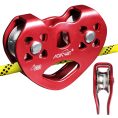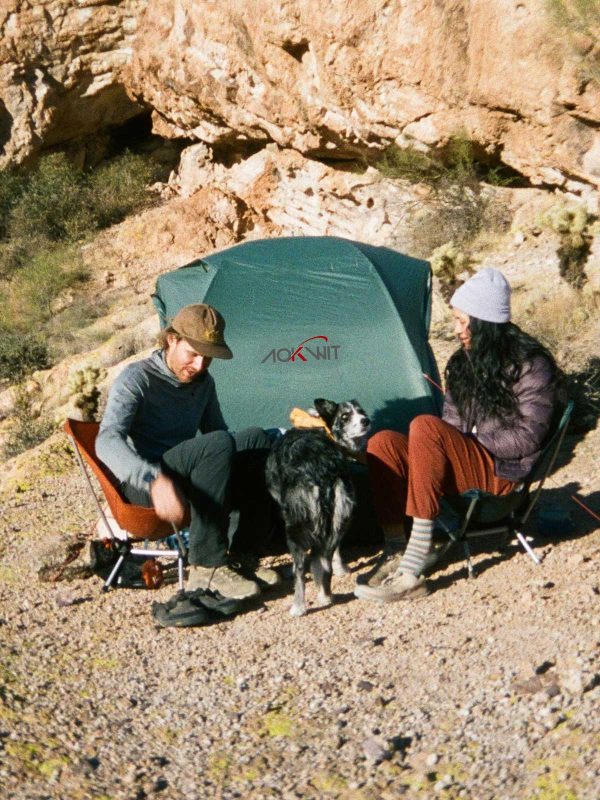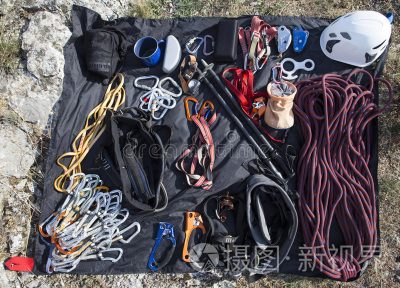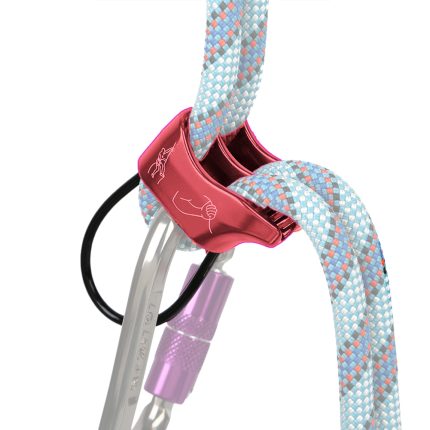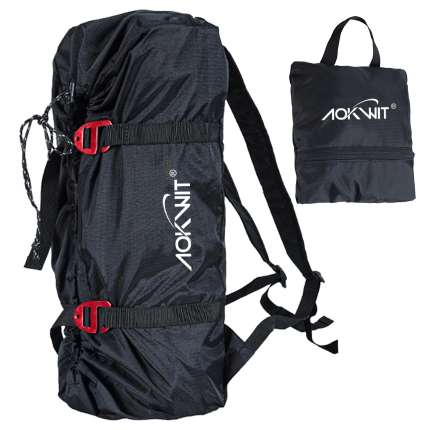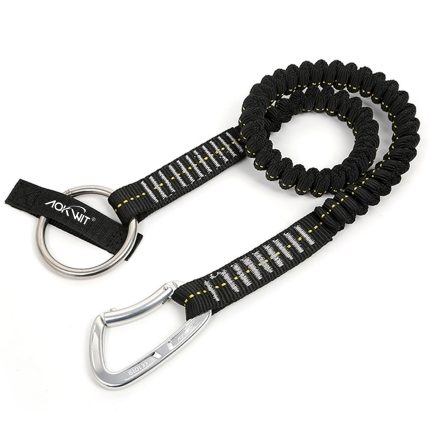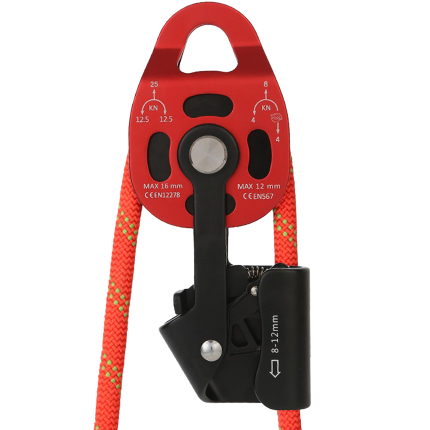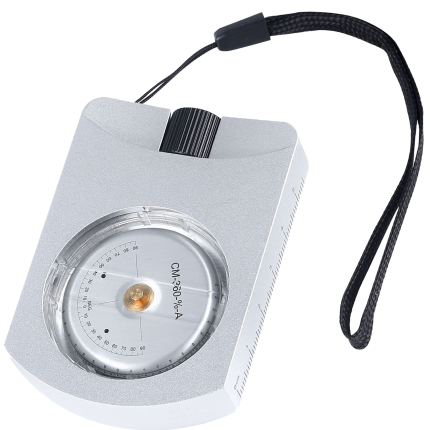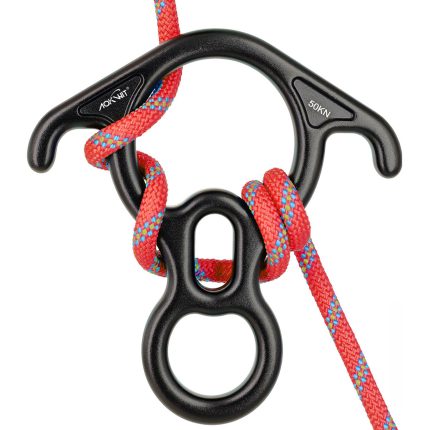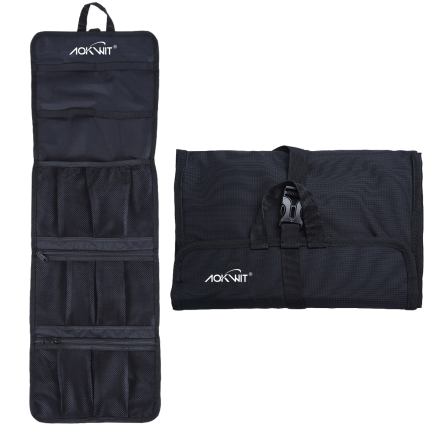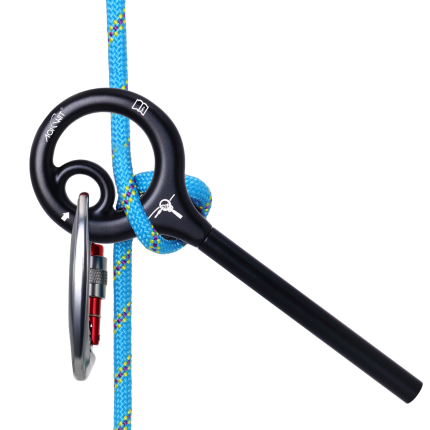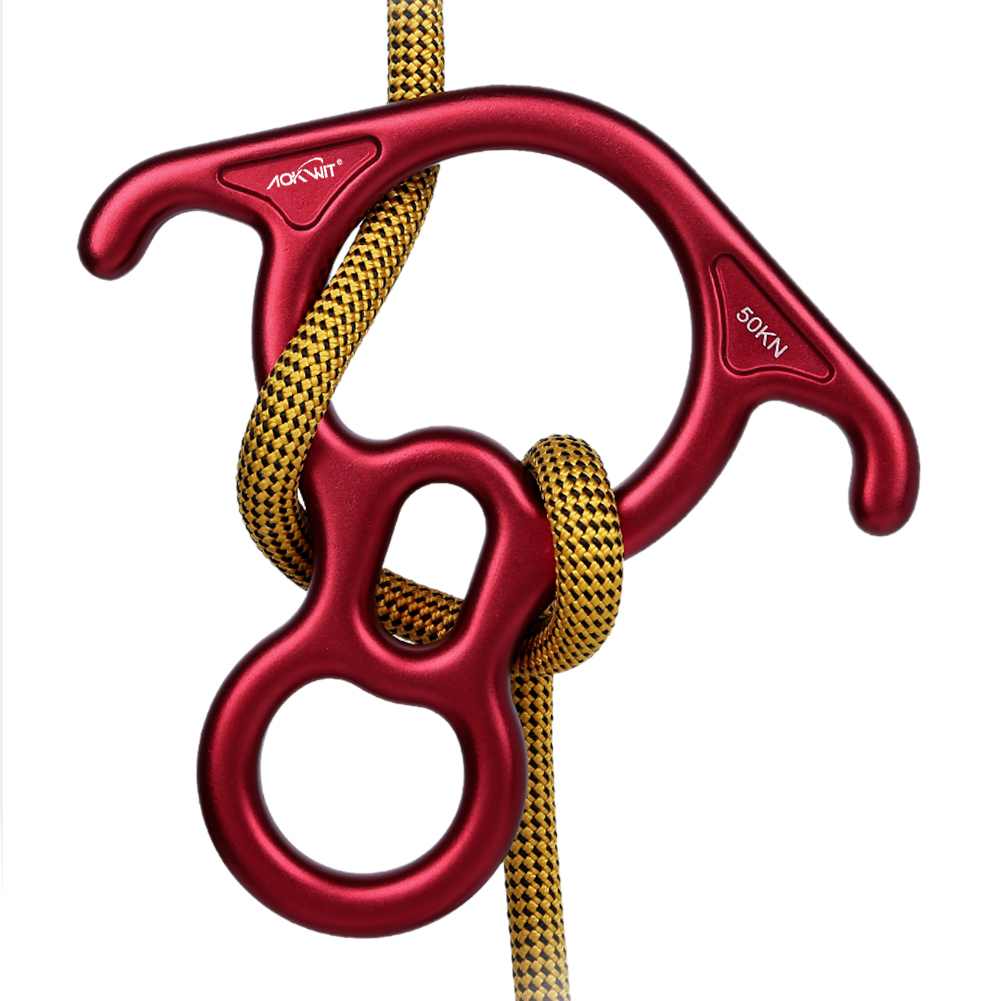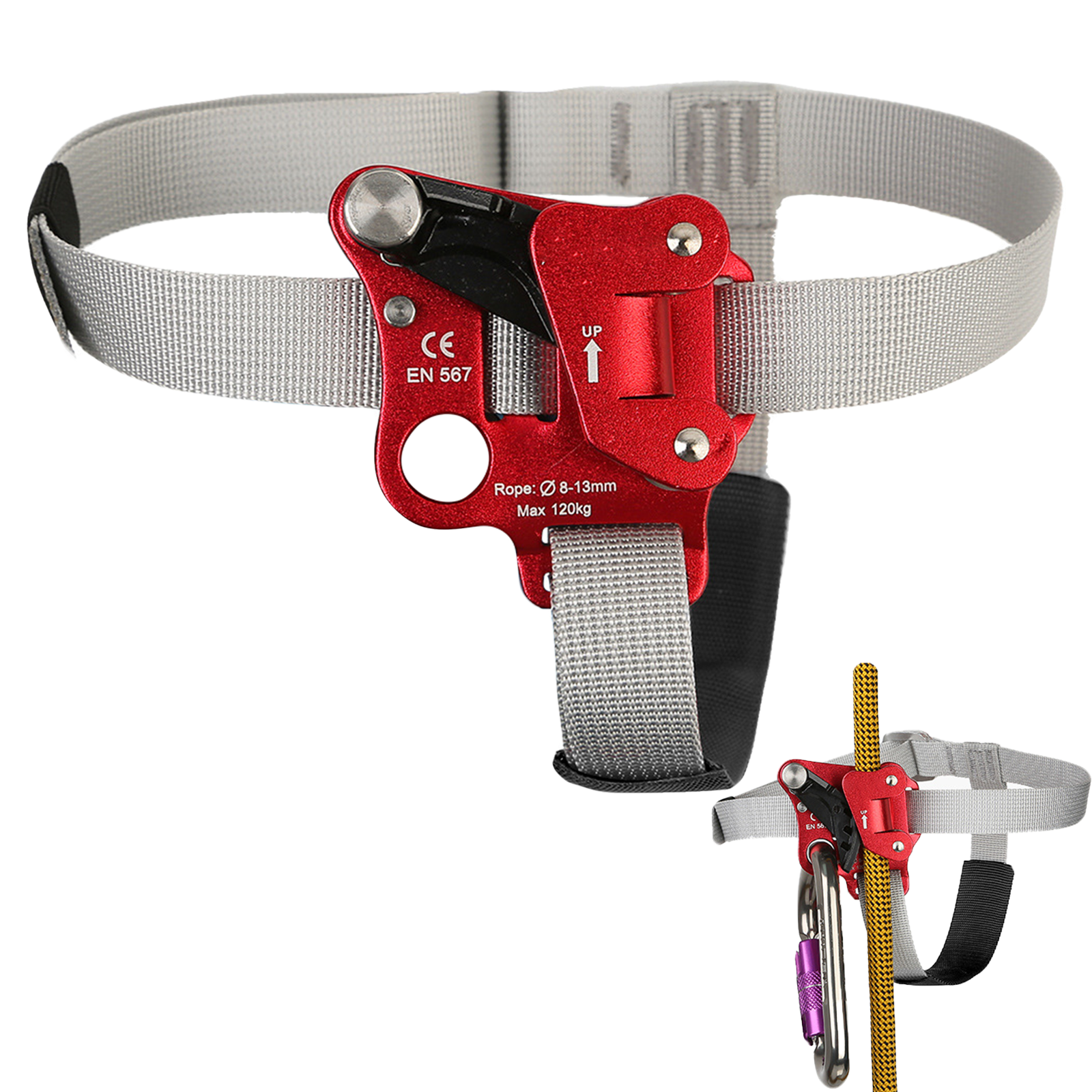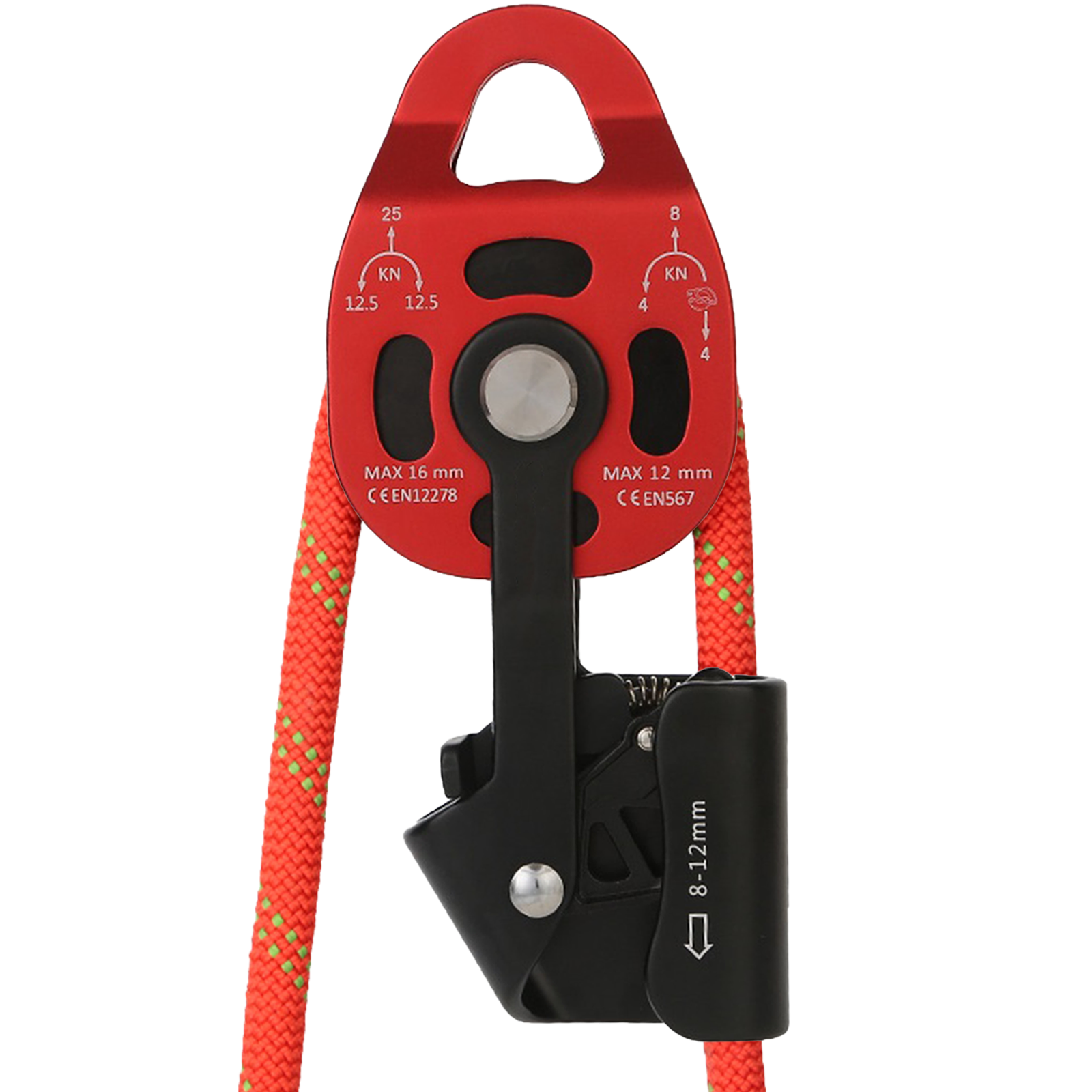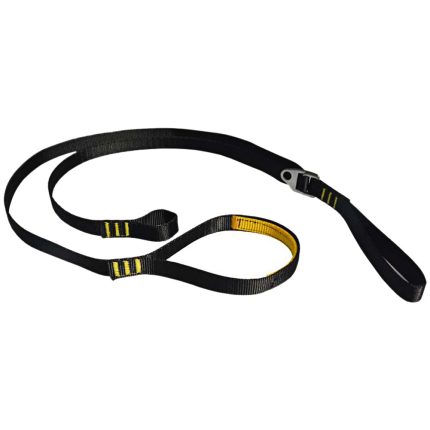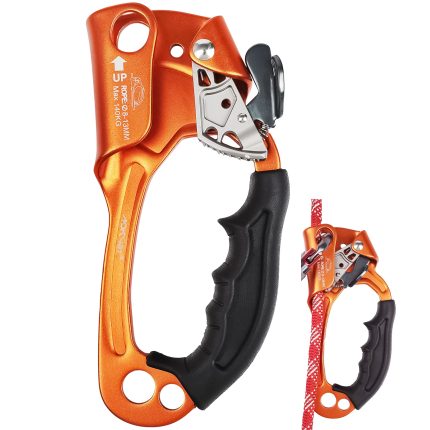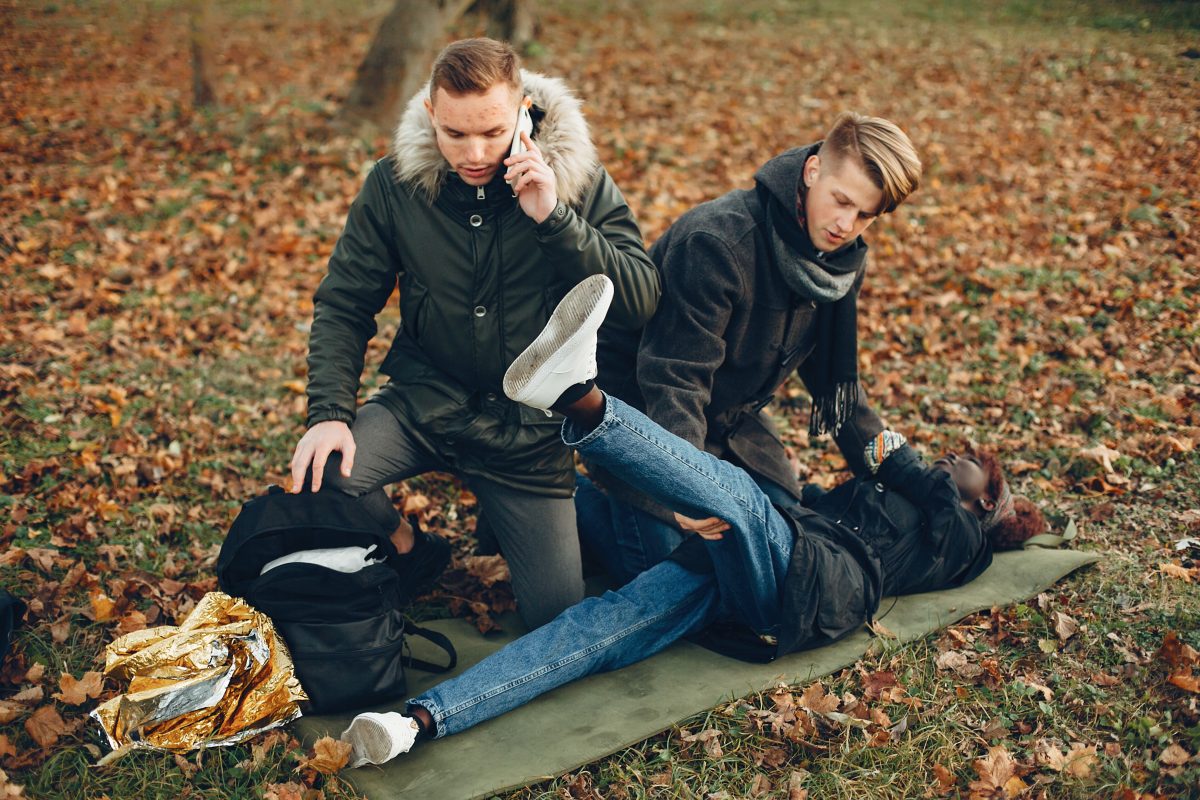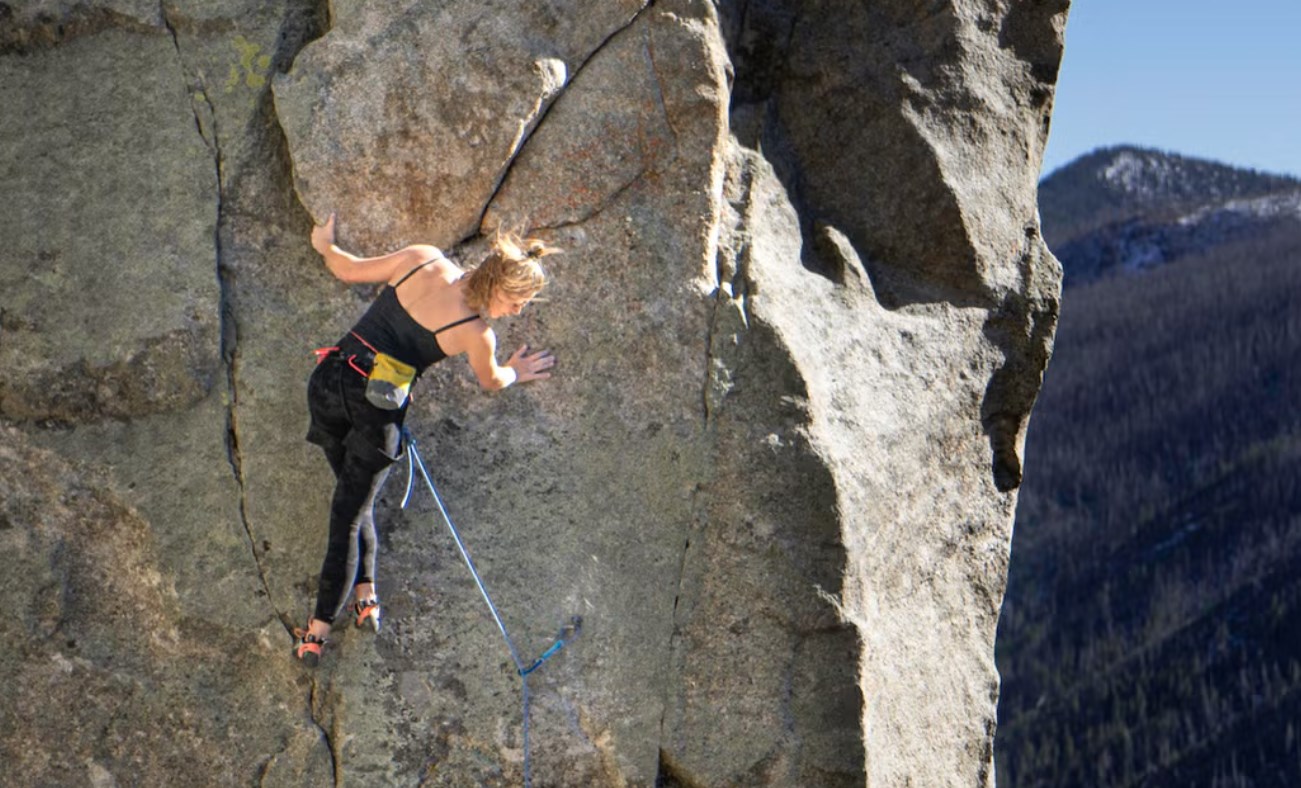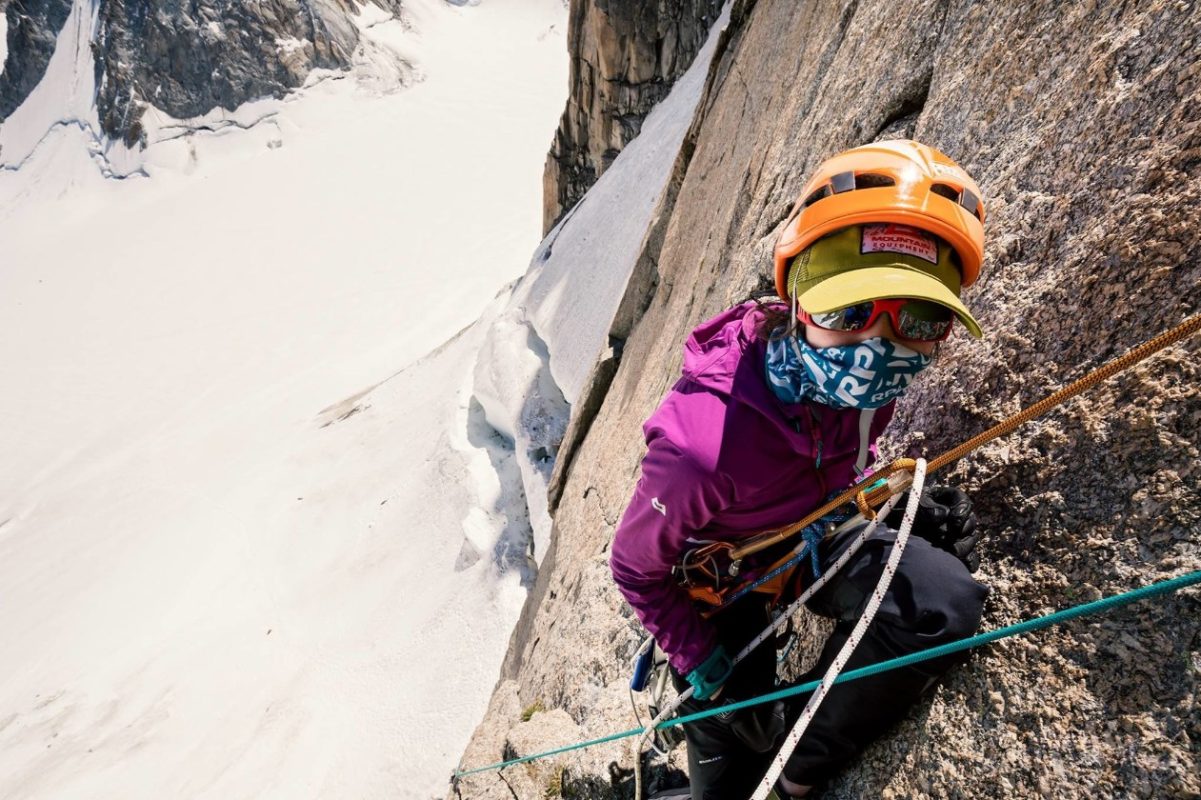Self-Rescue Guide for Getting Lost in Harsh Environments
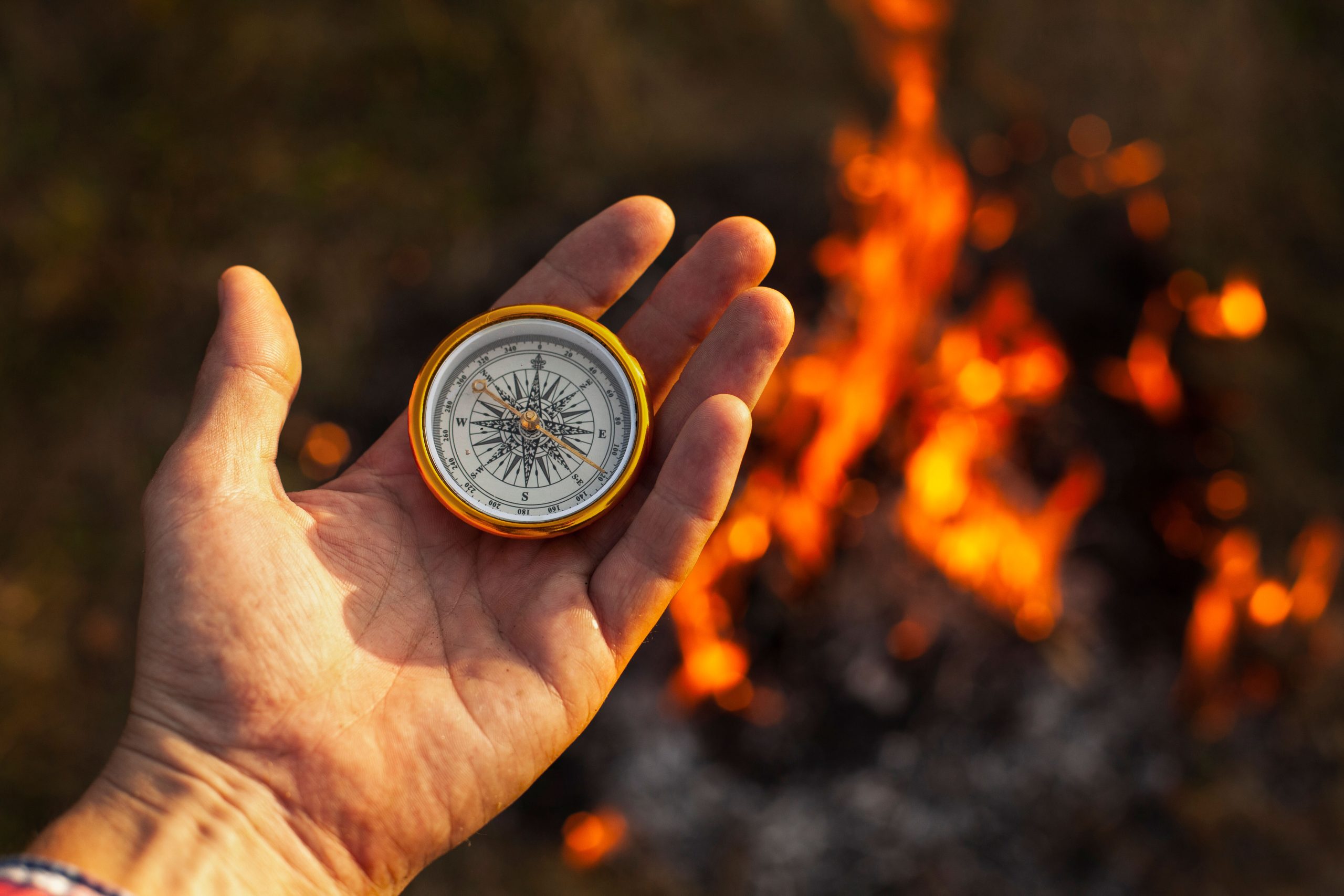
I. Self-Rescue in Storms and Rain
1.If you have a survival bag (a waterproof plastic bag large enough to fit a person) or other survival equipment, stay in place and wait for the weather to clear. If no survival gear is available, do not remain stationary; leave the area immediately.
2.If carrying a map, check for hazardous zones. For example, densely packed contour lines indicate steep cliffs—detour around them.
3.Stream flow directions can guide you downhill, but avoid walking close to the stream. Mountain water erodes riverbanks, making them extremely steep. Instead, follow the sound of the water downstream.
4.While descending, watch for farmhouses or sheltered areas. Trails often lead to nearby hiding spots.
5.Avoid depressions covered with light green, tufted grass—these are likely marshes.
II. Self-Rescue in Darkness
1.If there is moonlight, use it to navigate toward roads or farmhouses.
2.If trapped in pitch-black mountains with no visibility, stop moving. Seek shelter behind windbreaks like walls or rock formations.
3.If carrying a survival bag, crawl inside. Huddling together with others conserves warmth. Even without a survival bag, this method can help endure cold nights. Rotate positions periodically, as the middle spot retains the most heat.
III. Self-Rescue in Snowy Terrain
1.When snow-reflected “white light” blends with the sky, obscuring terrain features like horizons, slopes, and shadows, this phenomenon is called a whiteout.
2.Halt immediately and wait for the whiteout to dissipate. If a storm approaches while waiting, dig a snow pit or expand a hollow near tree roots to take shelter.
3.If using a survival bag, place dry leaves or grass beneath it to insulate against the cold ground.
4.Layer clothing for warmth. Fasten buttons or zippers on the outermost layer before tucking it over your torso.
5.Cross your arms inside your clothing, tucking hands under armpits to retain body heat.
6.If movement is unavoidable, use a map and compass. Toss snowballs ahead to gauge slope direction—if they disappear, it may signal a cliff.
IV. Self-Rescue in Fog
1.Align your map with the compass orientation, then determine your travel direction.
2.Follow the compass bearing and select a visible landmark (e.g., a rock, tree, or fern). Move toward it, then use the compass to identify the next target.
3.If no map or compass is available, stay put until the fog lifts.
